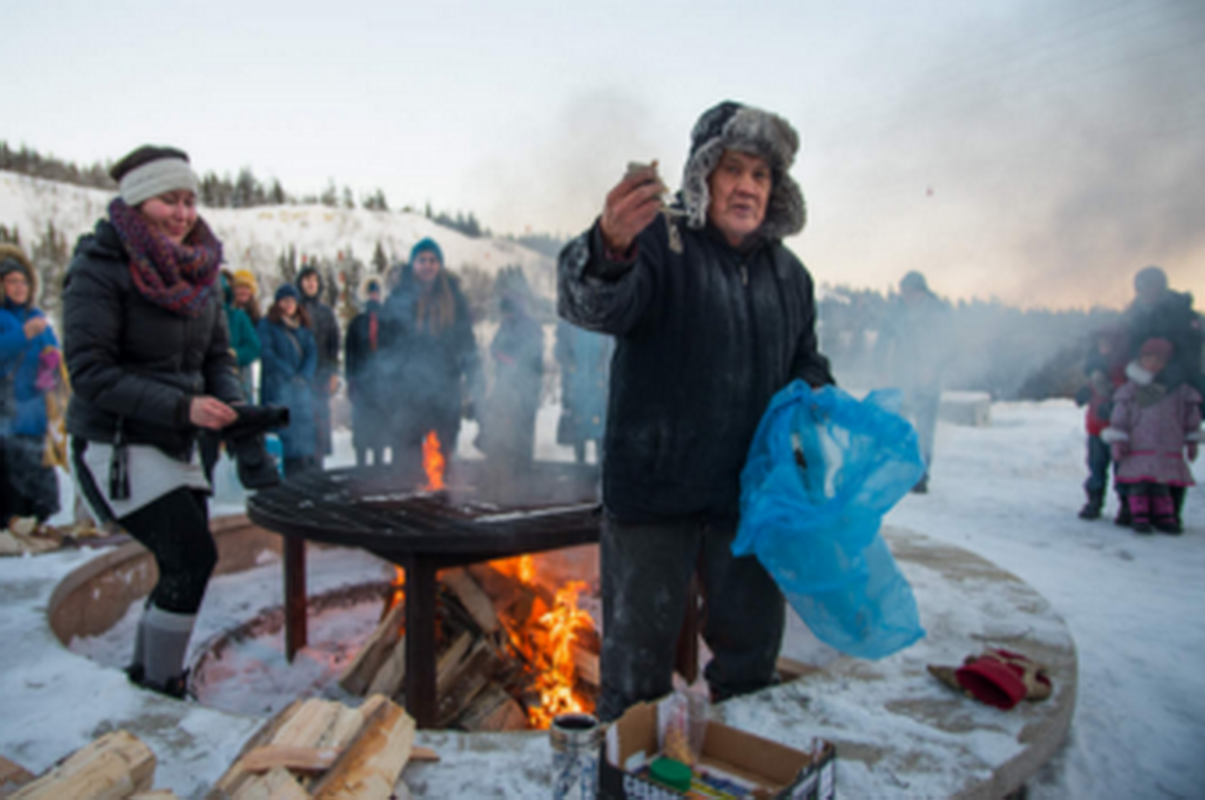![]() Windy.
Windy.
 WeChat
WeChat
 WhatsApp
WhatsApp
Click:706 seen

If you look at all the places famous for barbecue, you will find that they all have one thing in common, that is, they are all located in low altitude areas. This is partly because grilling at high altitudes is very different and may be more difficult.
Moisture is the key. Anyone who spends time on the grill knows that water is the key to balance and softness in the final result. Without it, your food will dry and make you want more. If there is anything else you can do to help keep food hydrated, do it. If you have natural hard or dry pork chops, I think it is necessary to soak them in salt water if you barbecue at high altitude.
You can also consider some techniques, such as putting a small piece of butter on your meat, or putting an aluminum foil pot under the food to prevent water dripping, and then spreading them on the food when cooking.
The key is that any method that helps to maintain humidity is worth a try when grilling at high altitude.
Temperature and cooking time:
Because oxygen, humidity and air pressure are very low at high altitude, you must pay attention to what temperature you cook at. Cooking at 275 degrees Fahrenheit can quickly evaporate the water in the meat and directly convert it into cooking. If you do not take into account the conditions of high altitude areas, you will eat a piece of dry, unwelcome meat. In order to get a piece of fresh, tender and juicy meat during barbecue at high altitude, it should be concentrated at a lower and slower position. You need to increase the barbecue time, wrap the meat, and cook it thoroughly in the water pot, not the temperature. This will prevent the meat from boiling too hot and retain some moisture. In addition, it takes longer to smoke meat at higher altitudes. This is the law of nature.
If you scorch at high temperatures, you need to be careful not to scorch the outside of the food. Because the water will leave your food faster. If you are not careful, your steak may be burnt outside, but not cooked inside. You should plan to barbecue food at a lower temperature for a longer time. This does not mean that your food will not be as hot as cooking at the same temperature at sea level, but if your temperature is too high, your food will soon scorch outside.
You can use a probe type meat thermometer to measure the internal temperature of food. This will help you to be 100% sure when food can be removed from the grill, rather than trying to guess. During preheating and cooking, open the grill cover as little as possible. Every time you open the lid, you will lose valuable heat and the ambient temperature of the grill will drop. For your grill, restoring the ambient temperature at high altitude is a particularly difficult battle.
Remove from the grill and let the meat stand for 5-10 minutes. It has some advantages to let the meat rest after baking at high temperature - most importantly, before you eat the meat, the water in the meat will be evenly redistributed to your food.
